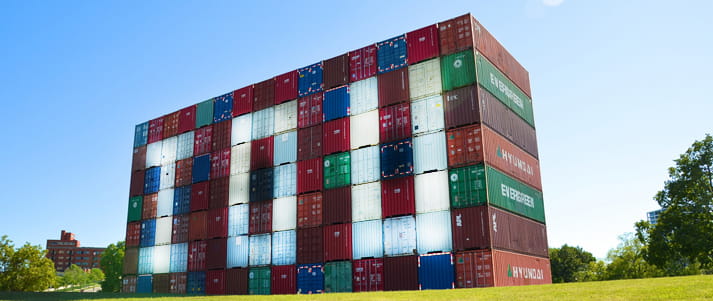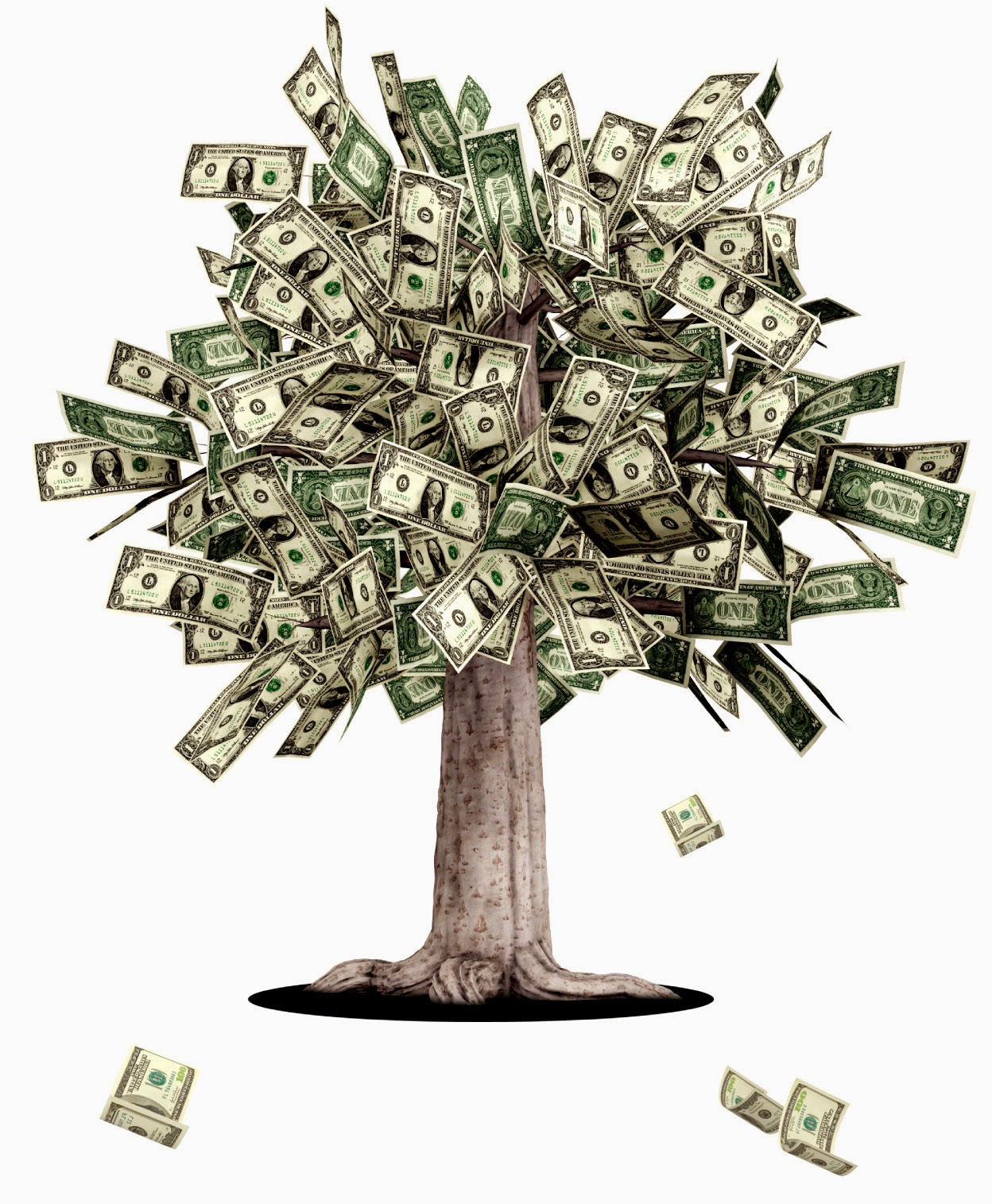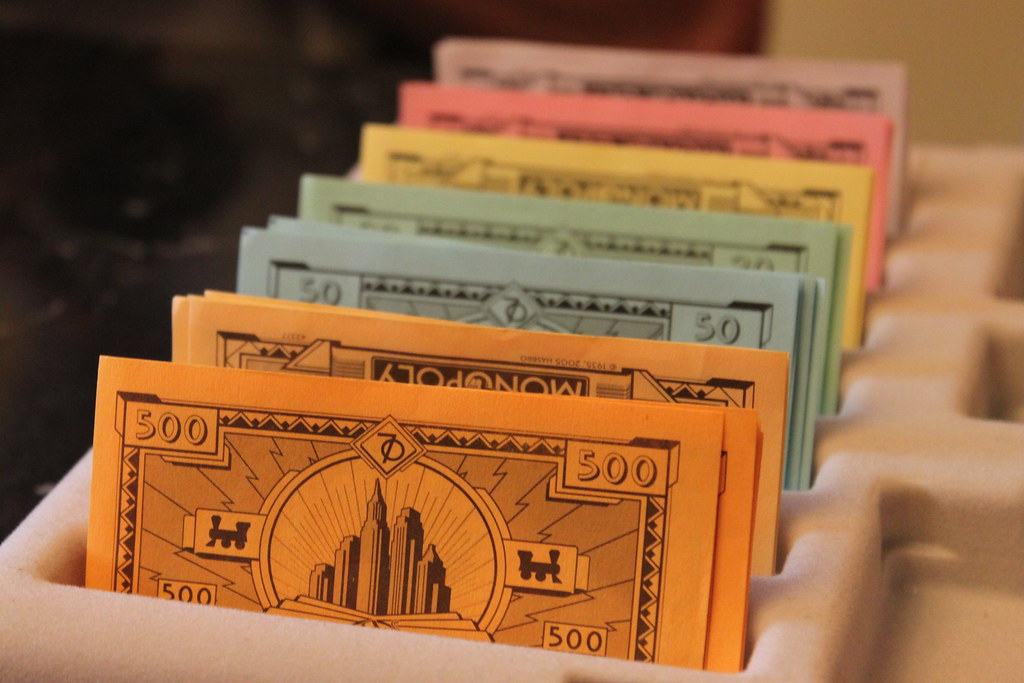

2021
Fractional Reserve Banking
The truth behind how the banks handle your money.
Fractional-reserve banking is used in almost all countries worldwide, it is a system that allows banks to take deposits from the public and only keep a tiny portion of that money in reserve, the remainder of which is lent back out to borrowers.
Before the modern-economy, banks were not the money creators that they are today, instead they were money storers. Money came from physical assets, commodities and labour and the money was stored at the banks for safe keeping, for a fee for their services of course. Bank managers looking at all the money they were meant to be keeping safe, saw an opportunity to lend the money (gold/silver etc) out in return for interest, therefore essentially the ultimate risk is also slyly put onto the depositor. Yes, if a borrower defaulted on their loan, it is the banks responsibility to replace the money they have loaned out. However, in the event of many people defaulting on their loans at once, or an economic crash, or the bank failing, then the bank would have no way to pay the honour the depositor’s account, so ultimately they are playing Russian roulette with customer’s deposits.
Unsurprisingly, this is exactly what happened, bank managers got greedy and took more and more risks until the banks failed and depositors lost their money. Which they were paying banks to keep safe, not to lend it out. In any other area of life, this would be deemed fraud.
Clearly the system is crazy as the banks had no real encouragement to stop lending at higher risk for higher profits. Enter the embarrassingly pitiful attempt to correct this with fractional reserve banking. To stop the economy spiralling wildly out of control, central banks were created, also independent of government, where they would hold a portion of the banks money in one place, so that in the event of economic collapse, they could dish out the leftovers fairly to each banks’ depositors. The rules of the reserve, such as the percentage required, are governed by the central bank. They also have the power to alter interest rates - if money is cheap, they put the interest rate up, if it’s expensive, they lower it and they do this to try and find the sweet spot so that banks can make profit without completely destabilising the entire economy.
The Swedish Riksbank was the world’s first central bank, which was as far back as 1668 and many other countries followed soon after. This is one of the few areas of money that hasn’t changed much since then, despite the repeated financial crashes and banks failing or being bailed out by governments in every century since, the system remains essentially the same as it was over 300 years ago.
But money itself has changed, very much so in the past 50 years. So what about now in the modern digital economy? Because we no longer require a physical assets, aka a commodity such as gold, to be used as money, one would assume that the banks would at least need the cash or digital money in their accounts in order to lend it out, but what is stopping them from just creating unlimited new made-up digital money and lending it out, without any risk to themselves?
Turns out nothing really!
That is exactly what happens.

Let’s say you go to a bank and pay in £100, the bank then credits your account with £100 – while you might believe that the bank is merely looking after your £100 for you while you’re off earning more of it, in reality the bank gives you a promise of £100 in credit, in place of the actual money you pay in. You have a £100 worth of an I.O.U which the bank now considers a “liability”, and the bank now owns your £100. The bank then takes your £100 and gives a small portion of it to the central bank as a reserve to make sure they have some money as a small safety net incase you might actually need your own money (this is currently around 10% in the UK) and they then lend the remaining £90 out on loan. This is all brand-new money – there was £100, which you paid it into the bank, your account now has £100 and you are free to use it, while also there is £10 in reserve and £90 lent out, so there is now technically £200 in existence – created out of thin air £100 of actual money and £100 of “credit”, or in layman’s terms an i.o.u or debt. We could say the bank is in debt to us for that £100, makes a nice change to hear it that way around. As the borrower pays back the loan, the interest creates yet more new money. Let’s say the loan paid back totalled £120, that is now £220 of money that now exists within the bank, they ensure 10% is put away as a reserve and the remainder can be lent out again. So now the bank has £22 in reserve and £198 out on loans, the banks can continuously repeat this to create a never-ending river of brand-new money, this is called “deposit-multiplication”.
If this sounds complicated, it’s because it is. Deliberately. The more unnecessarily obscure the system is, the harder it is for the common financial-illiterate populous to understand that they are being mugged off.
This is the main reason as to why banks don’t want cash and want all of your payments to be digital, because it is far easier for take your money and credit you a few 0’s and 1’s in its place. You may continue to use your credited account and they can continue to lend out your money concurrently, without need for people to actually “withdraw” their money physically from the bank. Economist Murray Rothbard argues in his book, The Mystery of Banking, that legalised fractional-reserve banking gives banks “carte blanche to create money out of thin air”. Banks don’t actually need to have the money, whether physical or digital, in order to lend it out and our entire economy is built on credit, from our governments who have been perpetually in debt for centuries, to personal debt, to banks own debt, all built of the promise of money without any actual money ever being required. Nothing but smoke and mirrors. As J.P. Morgan himself said all the way back in 1912 “Gold and silver are money, everything else is credit”, however in reality everything else is i.o.u.’s and debt, as let’s be honest, that is all “credit” really it.
Because customer deposits are deemed short-term and loans are longer-term, the argument is that the liquidity is not there to allow for everyone to withdraw all of their money at once while being able to lend money – the reality of all customers withdrawing all of their money at once though is near impossible, it would only be done if trust was lost in the bank because it was failing, which coincidentally is the one time that the banks would not be able to give you your money back within the current system.
The system is rigged entirely in their favour and entirely at your risk.

It is plausible that an average long-term total balance of the bank could be found and lending done with wide safety margins within this limit and not just an arbitrary catch all rate and this would also lead to a far more stable banking system with lower risk as the reserve rates would be higher and the banks would be far less likely to fall foul and need assistance, but we plough on despite the obvious warnings that the economy needs radical change. In a financial crisis, it requires vast sums of money to be thrown at it from government bailouts and from the central bank through quantitative easing and is a direct result of such a large proportion of the money always at risk.
We would argue that money from quantitative easing in a full-reserve banking system – where the bank keeps all of your money secure, not just a small portion of it, would have a far greater impact at stimulating the economy, as it would not be diluted via propping up the banks and balancing their own debts within the current high-risk system. The quantitative easing money fills the gaps left by the creation of artificial money, rather than stimulating by adding new money. Therefore we would argue that quantitative easing is just another word for a bailout, except by the bank of England rather than the government. The entire capitalist economy is built on debt. Debt that all rests upon magical made up money, with very little actual physical or “real” money propping the whole thing up.
If lending your money out wasn’t enough, the banks can also get inter-bank loans and even both loans and grants (quantitative easing) from the central bank and of course create money by lending it all out. Many argue that this ebb and flow of money coming in and being lent out with interest helps the economy grow ever larger, others argue that economies grew fine before fractional reserve banking and this system is built entirely on risk, it is what caused the last financial crisis and will no doubt lead to another one as it has many before that, with the lives and livelihoods of millions being lost as a result, because the risk of the money being loaned out is really held by the depositors and it is only they who are actually at risk of losing their money in the event of the bank failing, the bank never technically lends out its own money.

For their sacrifice of keeping a whopping 10 percent of our money safely tucked away, banks even get paid interest on their reserves for their hardship.
In the US it has gone from bad back to worse, in 2020 at the start of the pandemic, they actually slyly reduced the fractional reserve rate back from 10% reserve to 0% - that’s correct, not a dime. Now banks may loan out as much as they want, to whomever they want, without any safety net whatsoever – anyone who doesn’t think this will likely lead to yet another 2008 banking crisis is burying their head in the sand. Whether it does or not is irrelevant, when the risk can affect everyone’s livelihoods and even lives, they should be limited not expanded, but from history we know that it is not whether, it is when.
When will our governments and banks ever learn – scratch that, when will they ever care about the consequences over short term profit and artificial growth. And is it not ironic that because of the risk of covid restrictions were tightened, yet they are loosened when it comes to the risk of another financial collapse.
Fractional reserve banking is essentially just a 4-centuries old, giant ponzi scheme. The only way to stop the bubble from bursting is for it to keep growing, but one day this stratospherically-high bubble will pop and we can only hope that those responsible for not fixing it after the previous financial crisis just over a decade ago, and continue to enable it to run riot are, all sat on top when it does.
https://medium.com/navigating-life/we-just-went-from-fractional-reserve-banking-to-zero-reserve-banking-and-its-a-pretty-big-deal-c501432e9be6
https://en.wikipedia.org/wiki/Fractional-reserve_banking
https://www.investopedia.com/terms/f/fractionalreservebanking.asp
https://www.wallstreetmojo.com/fractional-reserve-banking/
https://www.thebalance.com/what-is-fractional-reserve-banking-4590236
https://corporatefinanceinstitute.com/resources/knowledge/finance/fractional-banking/
https://corporatefinanceinstitute.com/resources/knowledge/finance/fractional-banking/
https://www.pragcap.com/what-is-fractional-reserve-banking/
https://study.com/academy/answer/what-are-the-pros-and-cons-of-fractional-reserve-banking.html
https://www.sofi.com/learn/content/what-is-fractional-reserve-banking/
https://quickonomics.com/fractional-reserve-banking/
https://www.actuaries.org.uk/news-and-insights/news/are-central-bank-digital-currencies-cbdc-nemesis-fractional-reserve-banking
https://en.wikipedia.org/wiki/Money#Commercial_bank

